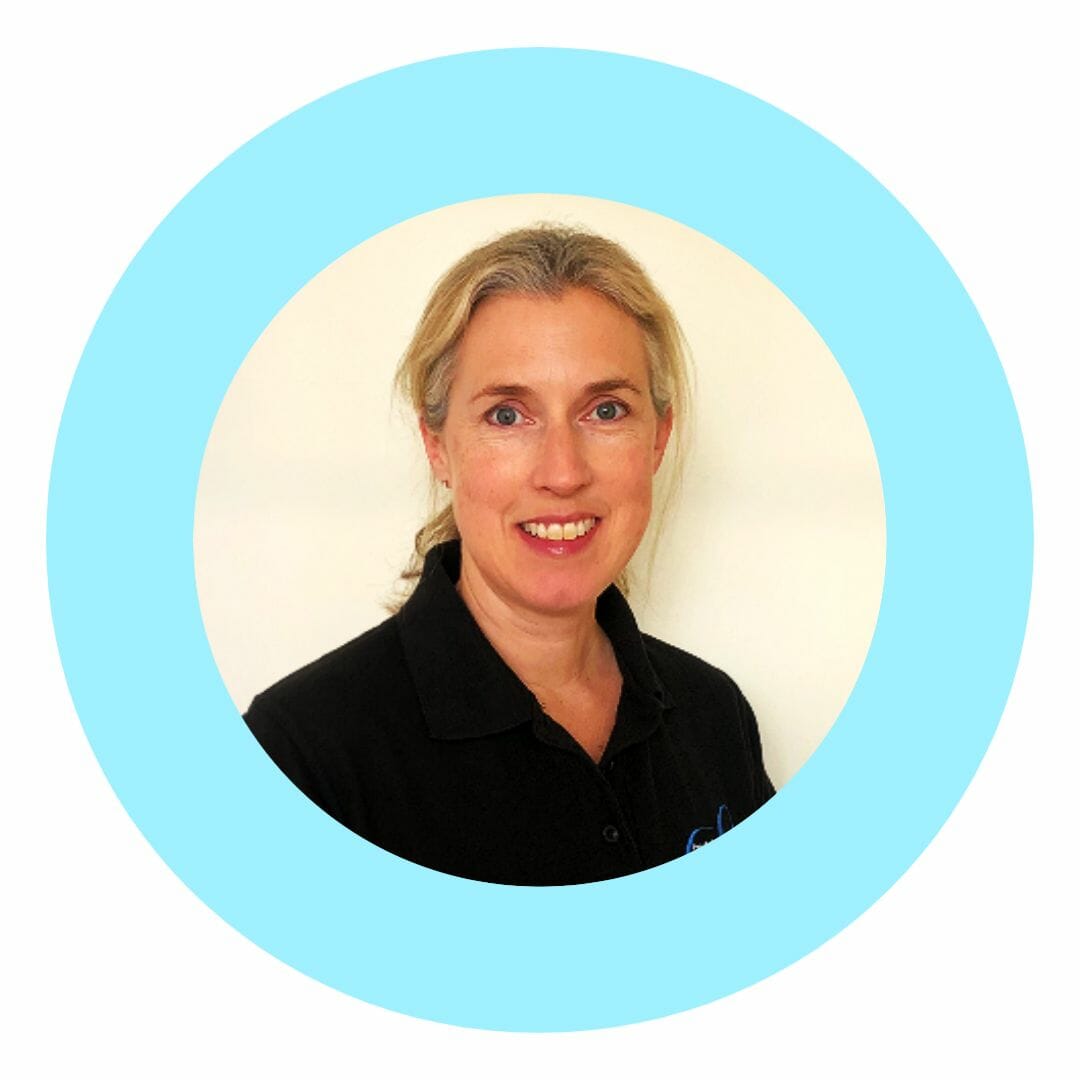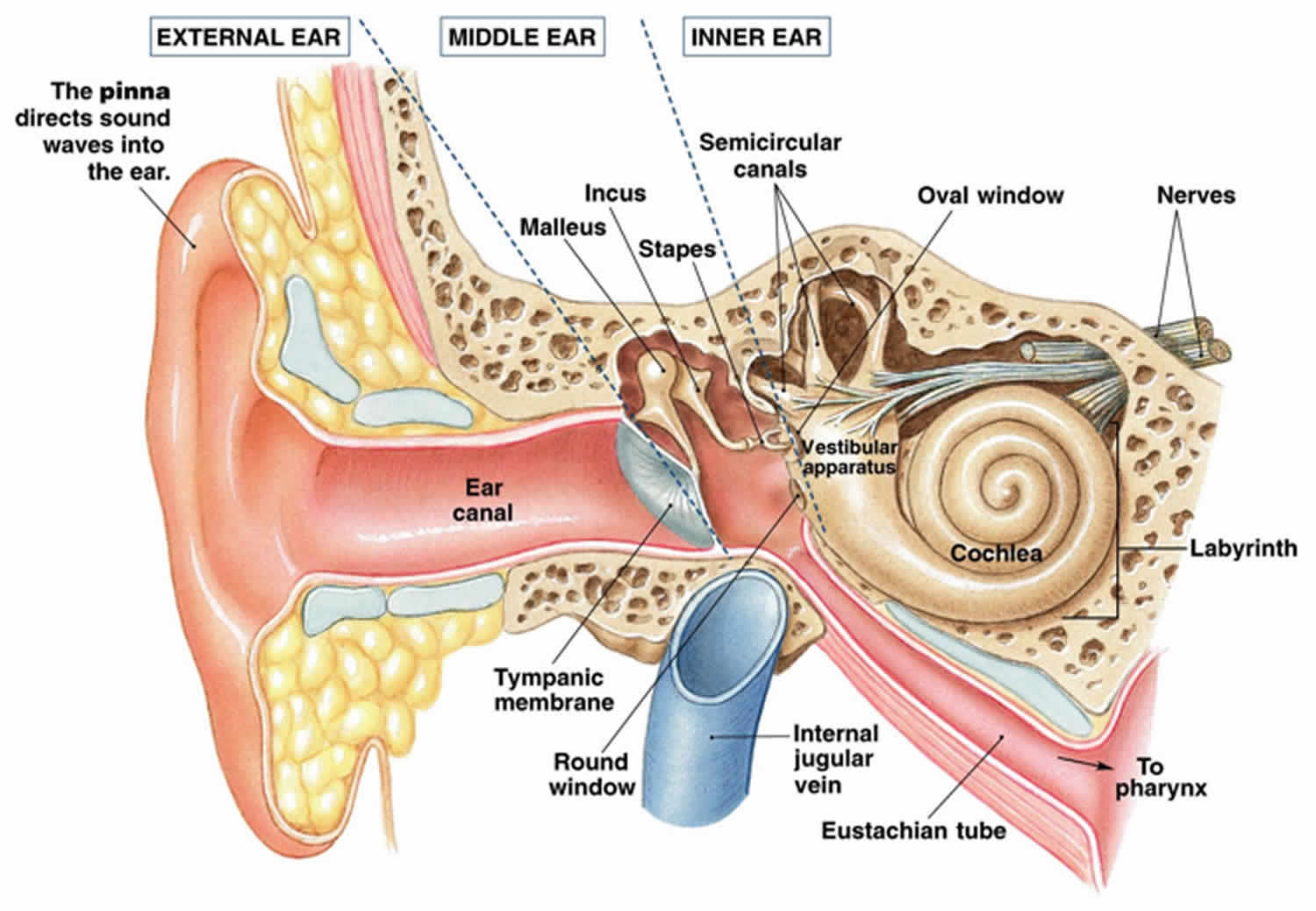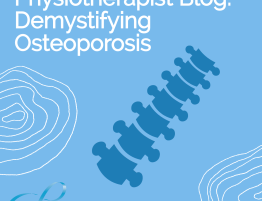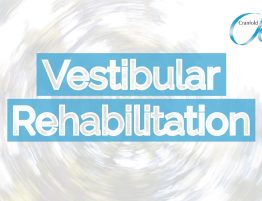
We have often heard of vertigo – a sensation of the world whirling around and a temporary loss of balance, which could be very debilitating and disturbing.
There are different types of vertigo and many causes for it. But the most common type of vertigo is Benign Paroxysmal Positional Vertigo (BPPV).
The gold standard treatment for BPPV is positional movements and exercises of the head. Not many people are aware that this can be effectively performed by physiotherapists.
The Vestibular system in our body is primarily responsible for balance. Vestibular problems can be temporary (BPPV) or permanent.
VRT is about understanding the impairment and to train the nervous system to develop strategies, to either habituate to permanent changes or produce adaptive mechanisms. The goal is to improve our quality of life. VRT uses exercises based on eye movements, positional variations, coordination and balance.
If you have problems with balance and vertigo, do visit Cranfold to have an assessment, to understand the possible causes for your balance issues and to explore if VRT can help you.
What is the vestibular system?
The vestibular system is located in the inner ears. It is made up of fluid filled semi-circular canals (these detect movement in multiple planes) and the otolith organs (these sense gravity and acceleration, such as going in a lift or accelerating in the car). The information detected by these structures is sent to the balance system in your brain. The balance system also relies on a steady flow of information from your eyes (visual system) and sensors in your limbs (proprioceptive system). The information is used to adjust your muscles, joints and eyes to maintain balance.
Dizziness, imbalance and vertigo
If one of the three important information systems is not working or is damaged, the brain may not receive enough information for the balance system to function properly. This can cause dizziness, vertigo (a feeling of movement or the world moving around you) and imbalance. Balance disorders can strike at any age, but are most common as you get older.
Benign Paroxysmal Positional Vertigo (BPPV)
BPPV is the most common cause of dizziness and vertigo. It is estimated to affect roughly 50% of people at some point in their lives. BPPV is an inner ear problem that causes short periods of vertigo when your head is moved in certain positions. BPPV is caused when loose chalk crystals get into the wrong part of the inner ear. The crystals are constantly being re-absorbed and re-formed and over time fragments come loose. When you move your head for example turning over in bed, looking up or lying down, these crystals move about and irritate your balance system causing you to experience vertigo. The gold standard treatment for BPPV is positional movements, performed by a physiotherapist or other practitioner, and vestibular rehabilitation therapy
What is vestibular rehabilitation therapy (VRT)?
Over time, your brain will learn to adapt to the new messages it receives from your impaired vestibular system, as long as you carry on completing your usual daily activities. This is known as compensation. Vestibular rehabilitation is designed to speed up this process by training your brain to adapt to the new messages it is receiving. We will provide you with a customised exercise programme to complete at home.
If you are having problems with balance and vertigo, do visit Cranfold for an assessment to understand the possible causes of your balance issues and to explore if VRT can help you.
Write a comment:
You must be logged in to post a comment.










